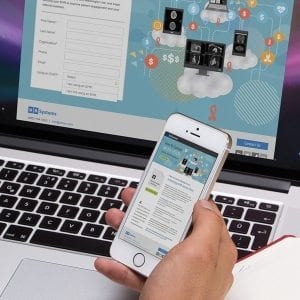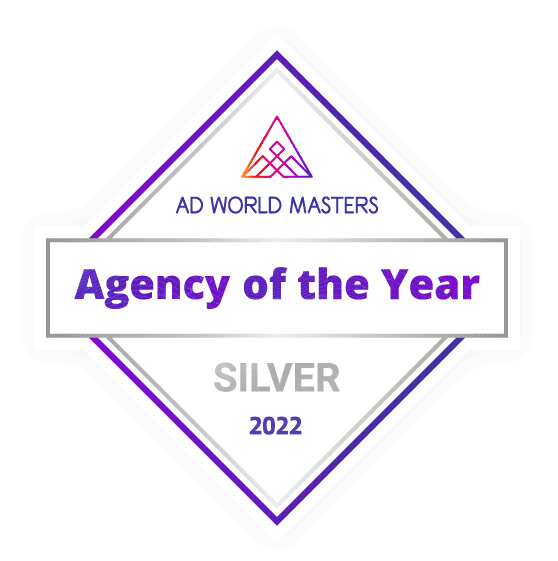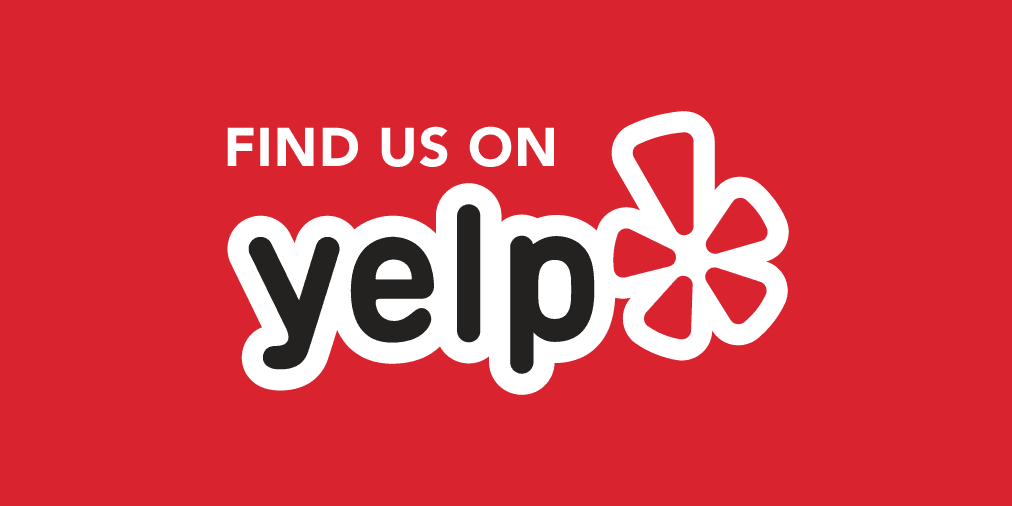 Everybody remembers the “Share a Coke” campaign in which Coke advertisers placed a series of names and phrases on their bottles and cans. This campaign saw riveting success where everyone from their best friend to their Grandma was buying the soft drink, whether or not they even drank soda. Coke reached its consumers through its bottle packaging, rather than the product itself. Odds were, most people were not buying a Coke can with their name on it because they were craving a soda that day, but rather they were shocked advertisers actually spelled their name right. Or, two friends were feeling sentimental and decided to buy the “Best Friends” cans, clearly solidifying their friendship. Whatever drove consumers to purchase a Coke did not matter. What did matter was that people were posting photos of the cans and sharing them with friends, blowing up social media and further promoting the Coke campaign without even realizing.
Everybody remembers the “Share a Coke” campaign in which Coke advertisers placed a series of names and phrases on their bottles and cans. This campaign saw riveting success where everyone from their best friend to their Grandma was buying the soft drink, whether or not they even drank soda. Coke reached its consumers through its bottle packaging, rather than the product itself. Odds were, most people were not buying a Coke can with their name on it because they were craving a soda that day, but rather they were shocked advertisers actually spelled their name right. Or, two friends were feeling sentimental and decided to buy the “Best Friends” cans, clearly solidifying their friendship. Whatever drove consumers to purchase a Coke did not matter. What did matter was that people were posting photos of the cans and sharing them with friends, blowing up social media and further promoting the Coke campaign without even realizing.
Now, Coke did not rest on their laurels of this campaign, but rather took their marketing technique one step further. This time, Coke wanted to interact even more personally with their consumers, which they did through an interactive billboard in Times Square. Coca-Cola took the 1,000 names that were originally printed on their bottles and cans and pulled facts from Google about each name. The billboard requested people to tweet their name to Coke and within two minutes a fact about their name would appear across the big screen. For example in response to a tweet from a guy named Larry, this message appeared across the screen: “Most Larrys are dog people. Sorry, cats”

It didn’t matter whether or not this particular Larry happened to own six cats and was severely traumatized from an experience he had with a dog, Coke was proving that even a large company like themselves could interact somewhat directly with its consumers. While Coke didn’t break the Internet like Caitlyn Jenner did a few weeks ago, the campaign did see a large amount of success. Coke was able to further brand themself by using personal and humorous techniques to reach a massive audience. Coke was able to simultaneously advertise remotely (via Twitter) as well as face-to-face (via Billboard in Times Square). With this approach, Coke was not only able to interact with people in Times Square, but it also allowed people across the country to contribute to the campaign.

Coke beat its competitors to the punch with their interactive campaigns, which allowed the brand to further develop a personality for itself. You can also read about the disadvantages of Coke’s share a coke campaign here.
Ready to get your brand noticed? Get helpful guidance from Incitrio for your next steps in b2b marketing.









